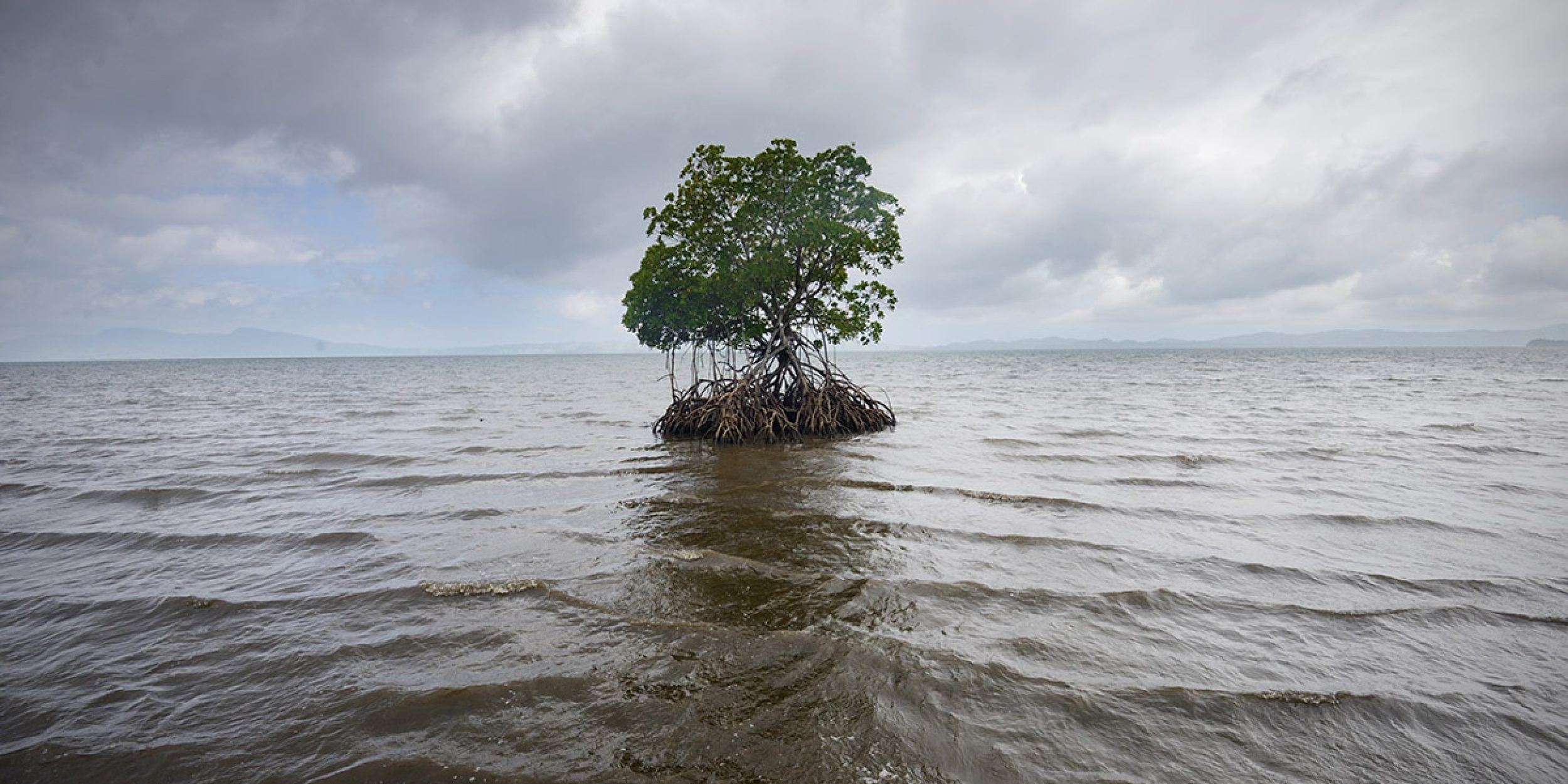The 20th century saw the fastest rise in global sea level (GSL) in 27 centuries, according to a new report supported by NOAA. Robert Kopp (Rutgers University) and his associates used a new statistical modeling approach developed over two and a half years to accumulate data that captured the global average. Previous statistical models were only able to acquire data at the regional and local levels.


The study, published in the Proceedings of the National Academy of Sciences on Feb. 22, used historical tide-gauge data to map the changing sea levels for almost 3,000 years. By mapping this data and reconstructing the scenarios of historical tidal patterns, the study identified a curve representing fluctuations in GSL until the late 19th and early 20th centuries, when the Industrial Revolution gave rise to rampant global climate change.
“A significant GSL acceleration began in the 19th century and yielded a 20th century rise that is extremely likely faster than during any of the previous 27 centuries,” said the report. Despite not having complete records from locations in Asia and South America, Kopp et. al. found GSL rose from around 0 to 700 CE, GSL fell from 1000 to 1400 CE, and rose steadily from 1900 to 2000.
According to the report, GSL would have risen by less than 51 percent of the rate already observed in the absence of global warming and anthropogenic climate change.. Had global anthropogenic climate change not occurred, GSL rise was projected to be between -3 cm and +7 cm. A press release from Rutgers stated that a supplemental report by Kopp’s colleagues in Germany found that more than 50 percent of the 8,000 coastal floods since 1950 would not have occurred without anthropogenic climate change and global warming. Today, the world is approximately 1 degree Celsius warmer than in the late 19th century, said the Rutgers’ release.
“As geologists, we can reconstruct how sea level changed at a particular site,” Andrew Kemp, a co-author of the report, told Rutgers. “Progress in the last 10 years has allowed us to do so with ever more detail and resolution.” The published report highlights the importance of technological improvements, geographic coverage, and high-resolution regional sea level reconstructions in the study of historical GSL data.
The report also utilized Representative Concentration Pathways (RCP) scenarios to project GSL rise in the 21st century. RCPs depict four scenarios of GSL rise and stabilization (8.5, 4.5, 6.0, and 2.6) depending upon the level of mitigation people will dedicate to reducing the impacts of global climate change.
RCPs 8.5, 4.5, and 2.6 correspond to greenhouse gas emissions, moderate emissions mitigation, and strong emissions mitigation, according to the report by Kopp et. al. The RCP 8.5 scenario projects that GSL will rise between 52 cm and 131 cm. The RCP 4.5 scenario projects that GSL will rise between 33 cm and 85 cm. RCP 2.6 projects that GSL rise will be between 24 cm and 61 cm.
Despite varying degrees of GSL rise projected in the 21st century, each predicted measurement is larger and faster than the 20th century, which was believed to be the fastest in the past 3,000 years. The need for climate change mitigation is apparent in the tide-gauge data projections provided in the report by Kopp et. al. Making coastal communities resilient to flooding will reduce the impact of GSL rise projected to occur in the 21st century.
This study was supported by a CPO-wide competition in FY11 to improve NOAA’s Climate Services for the coastal zone.
To visit the full report: Temperature-driven global sea-level variability in the Common Era
To visit the Rutgers press release: Sea-level Rise in 20th Century Was Fastest
To visit the RCP database: RCP Database (version 2.0)


Climate Program Office
Advancing scientific understanding of climate, improving society’s ability to plan and respond




Climate Program Office
Advancing scientific understanding of climate, improving society’s ability to plan and respond
Scroll to Top

